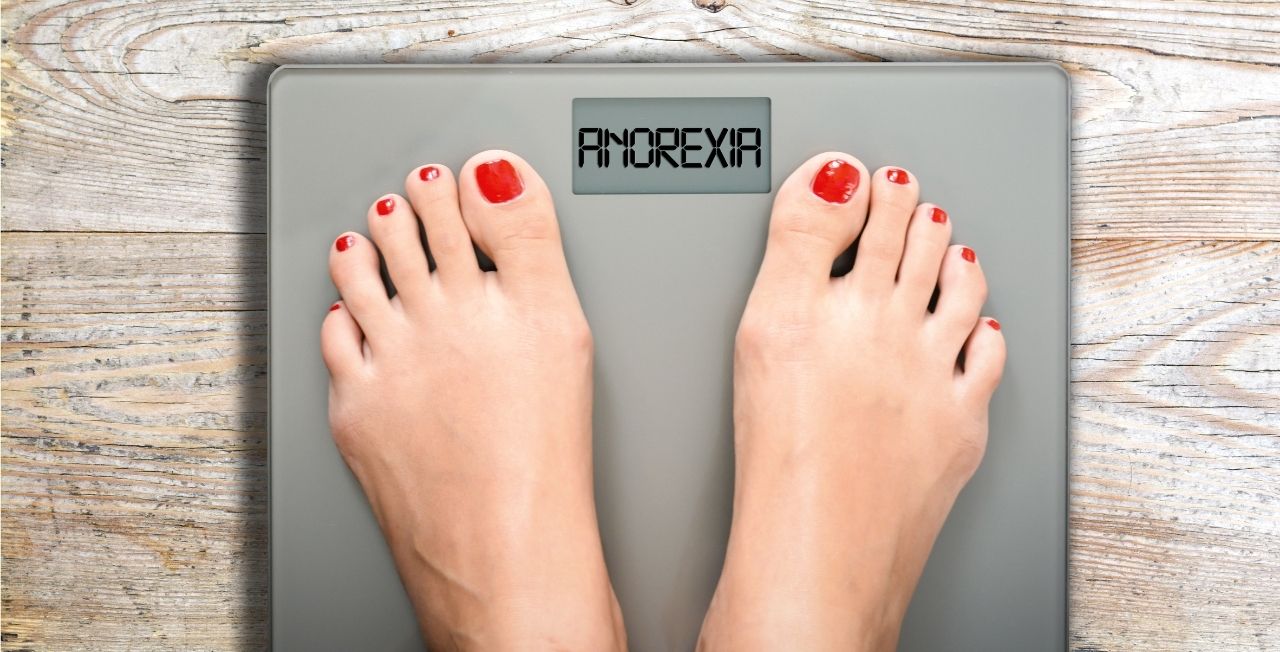People mostly know of anorexia and bulimia when it comes to eating disorders. But there are actually several types of the same. Here’s all you need to know.
Many of us simply love food. We love trying out different dishes from various cuisines and are elated when our taste buds are satisfied. Most of us also have control over our eating habits and the ability to differentiate between eating habits that are good and bad. However, this isn’t the case with some people. They have a troubled relationship with food where either they eat too much of it, eat none of it, or eat and then puke it out. All of these behaviors comprise eating disorders.
What are eating disorders?
An eating disorder is a mental disorder characterized by abnormal eating habits, that cause harm to one’s physical as well as mental health.
The two commonly known types of eating disorders are anorexia and bulimia.
Anorexia: In this type of eating disorder, the person is extremely scared of putting on weight. As a result, they avoid eating food and often participate in extreme exercise. The symptoms include:
- Starving themselves for long periods
- Losing weight rapidly and staying underweight consistently
- Denial that their body weight might be too less
Bulimia: In this type of disorder, people binge on a lot of food and later purge (puke it out). They either self-induce the vomiting or exercise, use diet pills, laxatives to get the food out.
Did you know that there are several other eating disorders other than these two? Here’s a look at the same.
Binge Eating Disorder
The symptoms of this disorder are similar to those of anorexia and bulimia. People with this disorder tend to eat large portions of food in a short span of time and feel a lack of control when binging. They usually indulge in this behaviour in secret and eat, even if they don’t feel hungry. They feel guilty, shameful, and disgusted after having binged.
Pica
This type of disorder involves people eating inedible items such as chalk, dirt, hair, cloth, pebbles, laundry detergent, cornstarch, etc. This behaviour is typically observed in children as well as pregnant women.
Rumination Disorder
This disorder develops during childhood, as well as adulthood. In this disorder, a person regurgitates (brings up food in the mouth that has already been chewed and swallowed), re-chews it, and then either re-swallows it or spits it out. This disorder, if not treated can cause serious physical harm.
The rumination occurs typically within 30 minutes after a meal.
Avoidant/Restrictive Food Intake Disorder (ARFID)
This disorder can develop during childhood but can persist into adulthood as well. It is found in both men and women. In this type of disorder, a person avoids food either due to a lack of interest in it or because of distaste for smells, colours, textures, temperatures, etc. This behaviour goes beyond normal ones such as being fussy or picky about food. It makes them avoid food or under in general due to the factors mentioned above.
Night Eating Syndrome
People with this disorder tend to eat excessively, right after waking up.
What causes these eating disorders?
Of course there are psychological factors behind people suffering from eating disorders. These include low self-esteem, body image issues, self-doubt, etc. But have you wondered about the neuroscience behind the same? What happens in the brain that results in these brain disorders?
There are certain regions of the brain that control the way you approach as well as consume food. When there is a dysfunction in the same, it could lead to eating disorders. To learn more about the same, visit here.
How brain training can help eliminate eating disorders
US, FDA-approved, and NASA-inspired brain training technology Neurofeedback corrects the imbalances that occur in a person’s brainwaves and result in mental illnesses including eating disorders. This technology gets rid of old, rigid neural pathways to give rise to new, desirable ones. To learn more, visit https://wetrainbrains.com/



